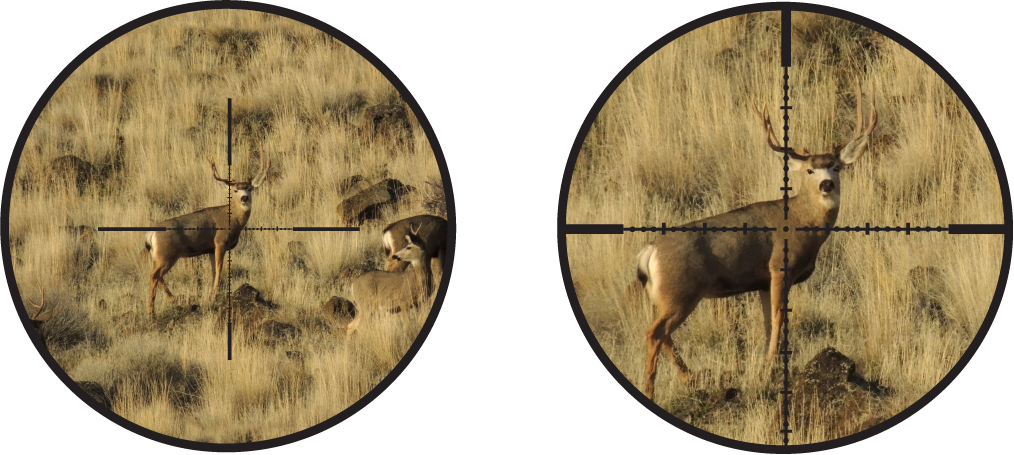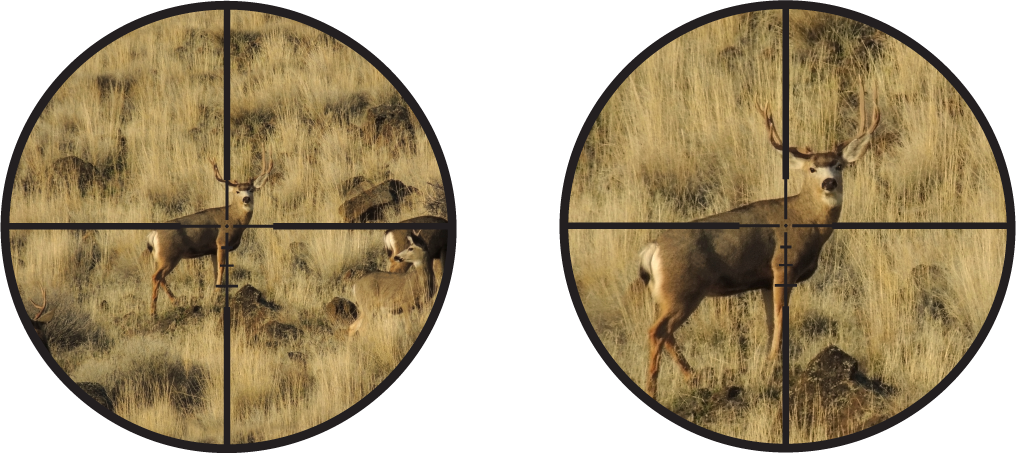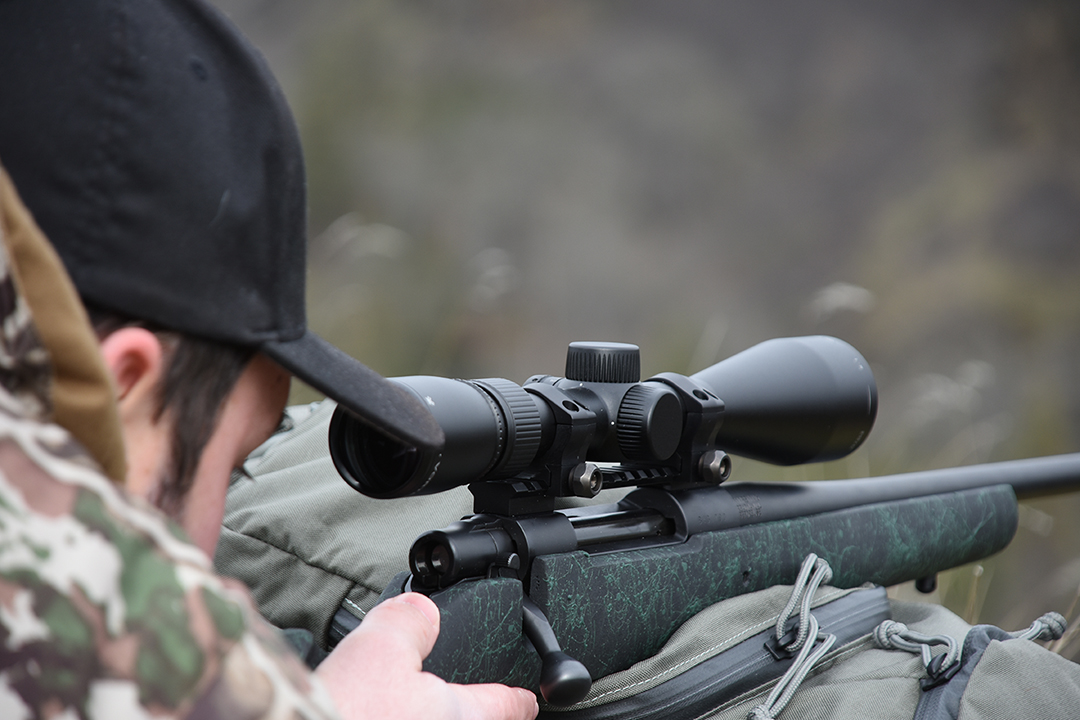Riflescope technology has advanced quite a bit in the last couple of decades. Along with that new technology, the number of optics companies offering quality products at every price level has increased dramatically. Where in the past, there may have been a handful of companies or models to choose from depending on your needs, now there are enough brands and models to make your head spin. Many factors play into selecting a scope to purchase. Still, one feature can make a choice particularly difficult if the shooter does not fully understand the pros and cons related to the rifle's purpose and shooting style. The feature I am referencing is first vs. second focal plane.
What is a first or second focal plane reticle?
To start what are first and second focal plane? Aside from the internal construction differences of the scope, when we refer to the focal plane, we are talking about how you see the reticle in the scope when looking through it. The second focal plane (sometimes referred to as rear focal plane or SFP) is the most common reticle type on the market and is what most shooters think of when they think of classic rifle scope designs. The second focal plane reticle does not change in any way when the scope's power is adjusted. If you have a 3-10x scope, the reticle will look exactly the same on 3x as it will on 10x.
What is a first focal plane scope?
On a First focal plane (sometimes referred to as Front focal plane or FFP), the reticle changes size as you change the magnification. Using the same example above, if you have a 3-10x scope, the reticle is much smaller on 3x. When the power is increased to 10x, the reticle's size also increases. So why does this matter? It all has to do with the style of reticle the scope has and what you are going to do with it.
Example of FFP Zoomed Out and Zoomed in. Reticles will vary. Mil-dot BDC matches magnification levels.

Second focal plane (SFP)
SFP reticles are calibrated to a specific power, and as the magnification changes, so do the hash mark values. For instance, if we take that same 3-10x scope and it has a mildot style reticle, the reticle will likely be calibrated at 10x, and as we back off the zoom, the value of those holdovers change.
The benefit of an FFP reticle is that as you change the scope's power, the value of those hash marks is consistent. For example, if I know that I need to hold .5 Mil of wind to hit a target and have an FFP scope, it doesn't matter if I am on 3x or 10x; I still need to hold .5 mil wind. While this is a definite advantage for the FFP scope as it relates to long-range shooting, there are some trade-offs.
Example of FFP Zoomed Out and Zoomed in. Reticles will vary. BDC is based on full zoom.

FFP vs. SFP
One of the downsides to an FFP scope is that the reticle size (depending on the scope power selected) can either become too small to be usable in low light or dense areas or become so large that the subtension covers too much of the target. Some shooting disciplines like Benchrest can benefit from an SFP reticle as the reticle can remain thin and precise even on maximum magnification, whereas an FFP scope reticle would be thicker and therefore cover more of the target, making it more challenging to hold on a precise aiming point.
FFP vs. SFP for hunting
When it comes to hunting scopes, there is a significant reason why SFP scopes are by far the most popular option. As we mentioned earlier, one of the weak points of an FFP scope is that at minimum magnification (especially if it is around 2-3x), the reticle becomes very small and difficult to see, particularly in dense cover, broken terrain, or low light. Commonly hunters will carry their rifle with the scope set at its minimum power in case of a close-range shot, and prime hunting time (at least in North America) is at dusk and dawn when sunlight is transitioning to and from the darkness. An SFP reticle on the minimum magnification is much easier to see in low light, so it stands to reason that they are a very popular option among hunters.
Now there are always exceptions. There are situations for hunting where an FFP scope would be ideal, and maybe there are situations where a precision rifle would want an SFP scope. generally speaking, FFP scopes are more suited for precision and tactical applications, whereas SFP scopes are better suited for hunting.



